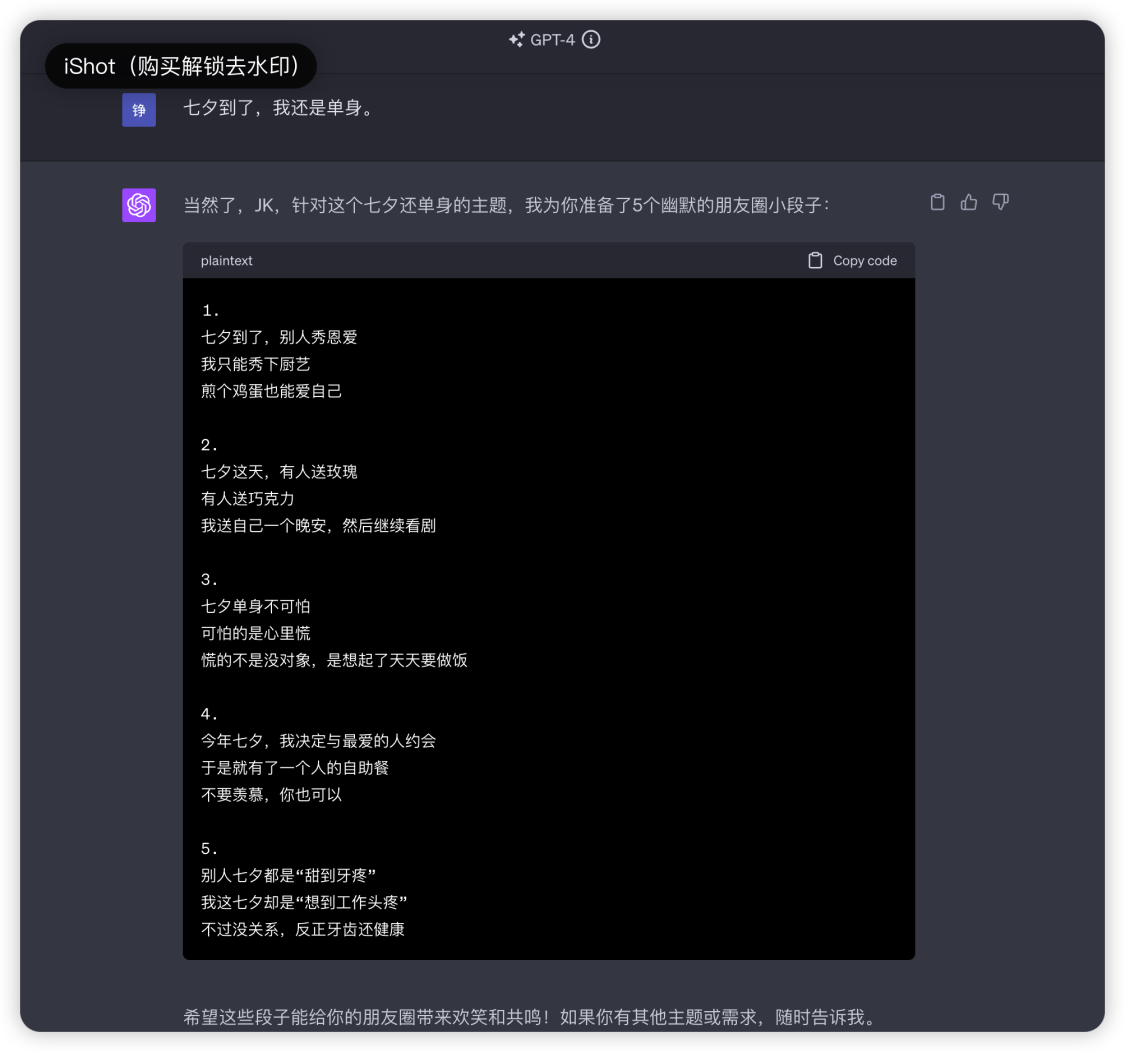文章目录
- 0. 基础用法
- 1. tf.cast
- 2. tf.keras.layers.Dense
- 3. tf.variable_scope
- 4. tf.squeeze
- 5. tf.math.multiply
0. 基础用法
Tensorflow 的用法不定期更新遇到的一些用法,之前已经包含了基础用法参考这里 ,具体包含如下图的方法:
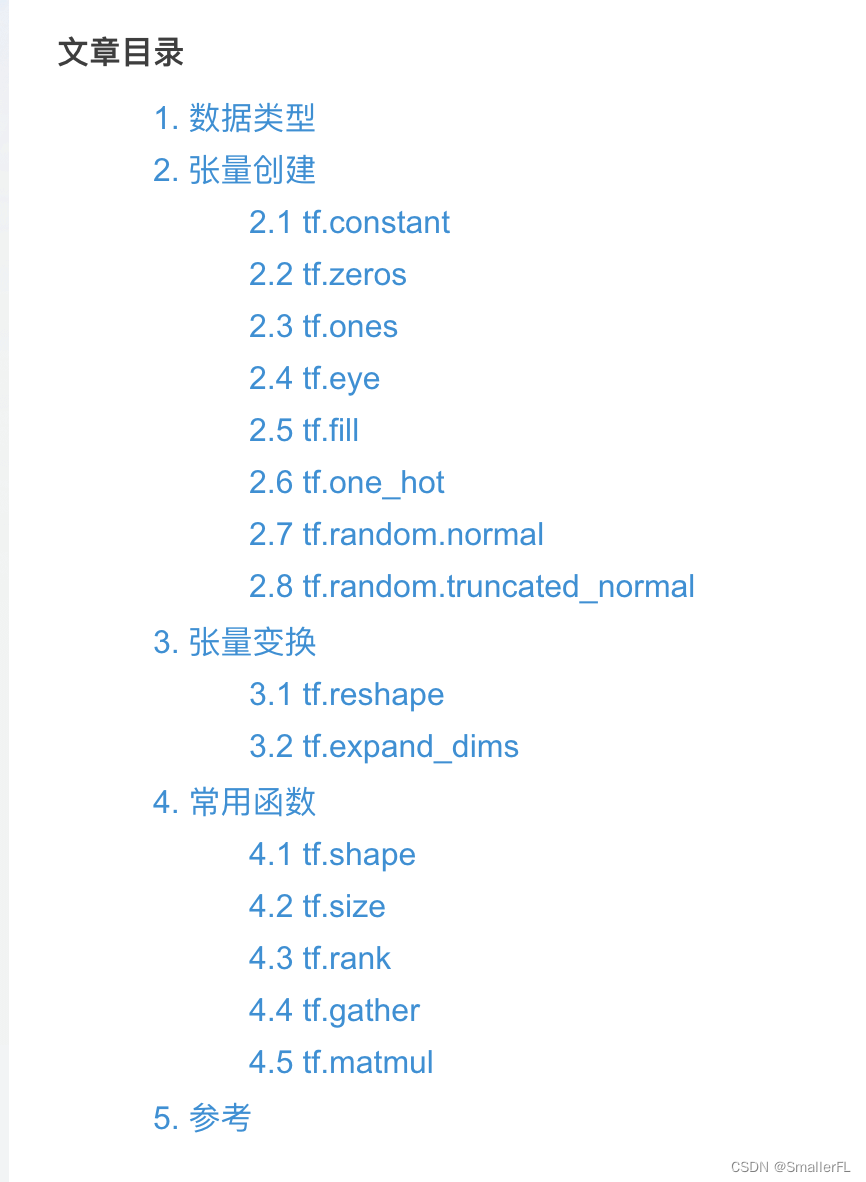
本文介绍其他常见的方法。
1. tf.cast
张量类型强制转换
官方用法:
tf.cast(x, dtype, name=None
)
示例:
x = tf.constant([1.8, 2.2], dtype=tf.float32)
print(tf.cast(x, tf.int32))# 输出
tf.Tensor([1 2], shape=(2,), dtype=int32)
2. tf.keras.layers.Dense
构建一个全连接层
在1.0中是 tf.layers.dense ,2.0中可以用下面方法兼容:
import tensorflow.compat.v1 as tf
tf.layers.dense(xxx)
官方用法:
tf.keras.layers.Dense(units,activation=None,use_bias=True,kernel_initializer='glorot_uniform',bias_initializer='zeros',kernel_regularizer=None,bias_regularizer=None,activity_regularizer=None,kernel_constraint=None,bias_constraint=None,**kwargs
)
3. tf.variable_scope
这是 v1 版本的用法,用于管理变量
官方用法:
tf.compat.v1.variable_scope(name_or_scope,default_name=None,values=None,initializer=None,regularizer=None,caching_device=None,partitioner=None,custom_getter=None,reuse=None,dtype=None,use_resource=None,constraint=None,auxiliary_name_scope=True
)
示例:
import tensorflow as tf
with tf.variable_scope("one"):o=tf.get_variable("f",[1])
with tf.variable_scope("two"):o1=tf.get_variable("f",[1])# 抛错,因为变量的作用范围不一样
# 一个作用域是one/f,一个作用域是two/f
assert o == o1
4. tf.squeeze
从张量的形状中移除大小为1的维度。该函数返回一个张量,这个张量是将原始input中所有维度为1的那些维都删掉的结果。
axis 可以用来指定要删掉的为1的维度,此处要注意指定的维度必须确保其是1,否则会报错。
官方用法:
tf.squeeze(input, axis=None, name=None
)
示例:
# 注意,a的shape是1*6,即存在一个大小为1的维度
a = tf.constant([1, 2, 3, 4, 5, 6], shape=[1, 6])
print(a)
b = tf.squeeze(a, [0]) # 删除第0个维度为1的
# b = tf.squeeze(a) 的结果是一样的
print(b)# 输出
tf.Tensor([[1 2 3 4 5 6]], shape=(1, 6), dtype=int32)
tf.Tensor([1 2 3 4 5 6], shape=(6,), dtype=int32)
a = tf.constant([1, 2, 3, 4, 5, 6], shape=[6, 1])
print(a)
b = tf.squeeze(a, [1])
print(b)# 输出
tf.Tensor(
[[1][2][3][4][5][6]], shape=(6, 1), dtype=int32)
tf.Tensor([1 2 3 4 5 6], shape=(6,), dtype=int32)
a = tf.constant([1, 2, 3, 4, 5, 6], shape=[2, 3])
print(a)
b = tf.squeeze(a) # 如果不存在大小为1的维度,那么保持不变
print(b)# 输出
tf.Tensor(
[[1 2 3][4 5 6]], shape=(2, 3), dtype=int32)
tf.Tensor(
[[1 2 3][4 5 6]], shape=(2, 3), dtype=int32)
5. tf.math.multiply
元素相乘
在 1.0 中是 tf.multiply
官方用法:
tf.math.multiply(x, y, name=None
)
示例:
a = tf.constant([1, 2, 3, 4, 5, 6], shape=[2, 3])
print(tf.multiply(a, 2))
print(tf.multiply(a, a))# 输出
tf.Tensor(
[[ 2 4 6][ 8 10 12]], shape=(2, 3), dtype=int32)tf.Tensor(
[[ 1 4 9][16 25 36]], shape=(2, 3), dtype=int32)
x = tf.ones([1, 2]);
y = tf.ones([2, 1]);
print(x * y) # Taking advantage of operator overriding
print(tf.multiply(x, y))# 输出,如果维度不一致,会尝试匹配维度
tf.Tensor(
[[1. 1.][1. 1.]], shape=(2, 2), dtype=float32)
tf.Tensor(
[[1. 1.][1. 1.]], shape=(2, 2), dtype=float32)
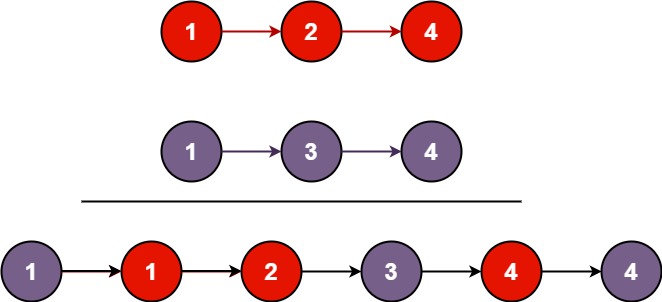
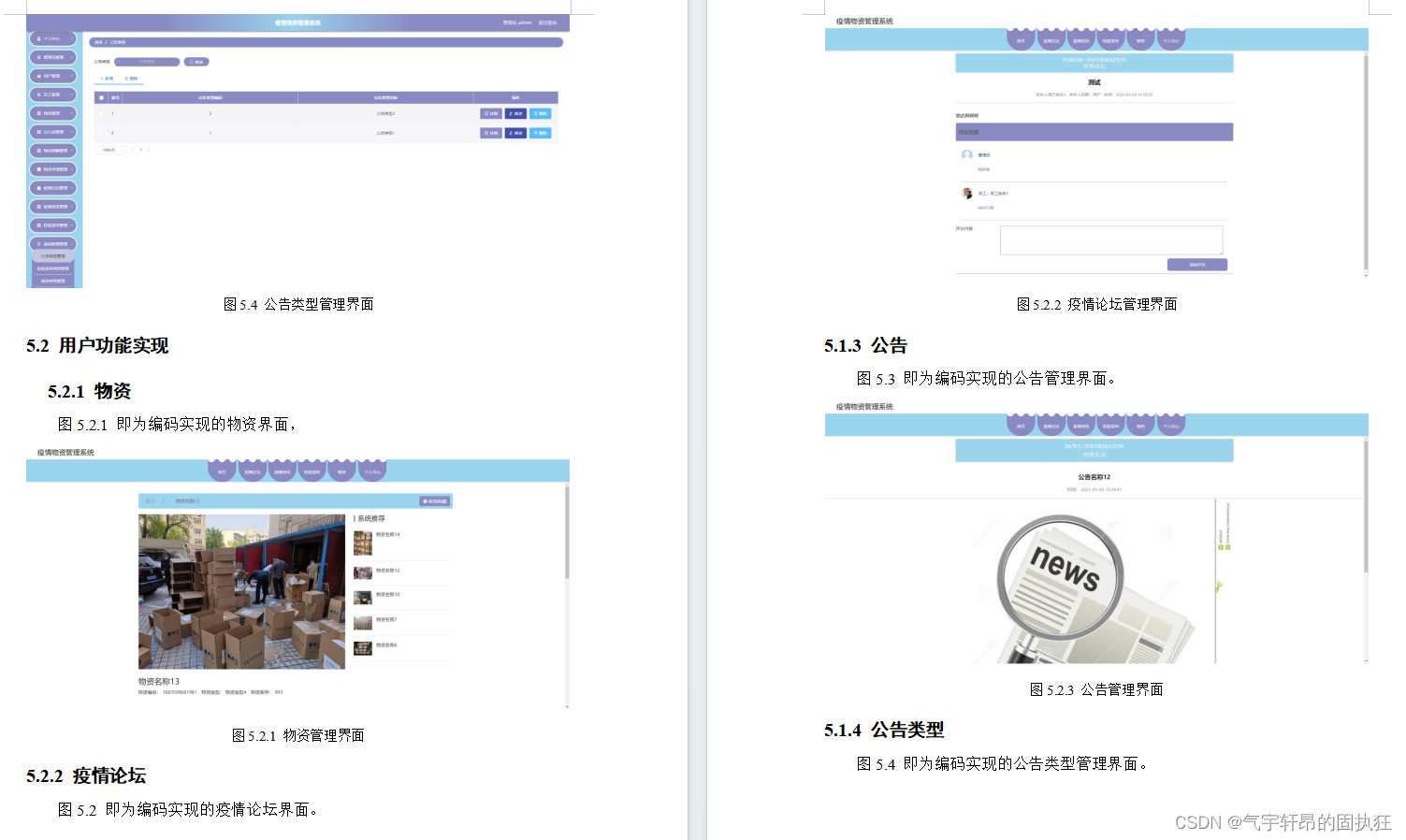
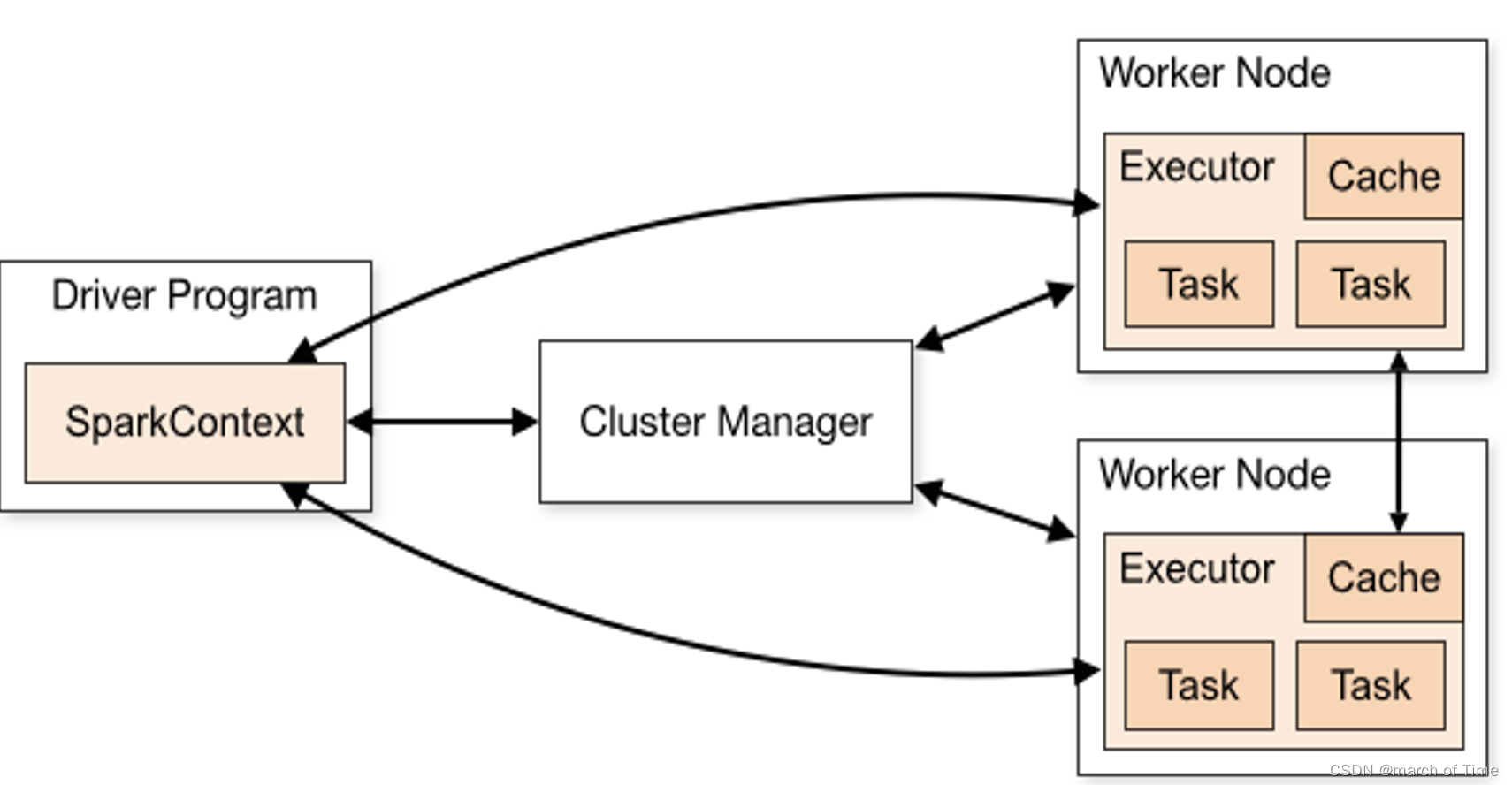

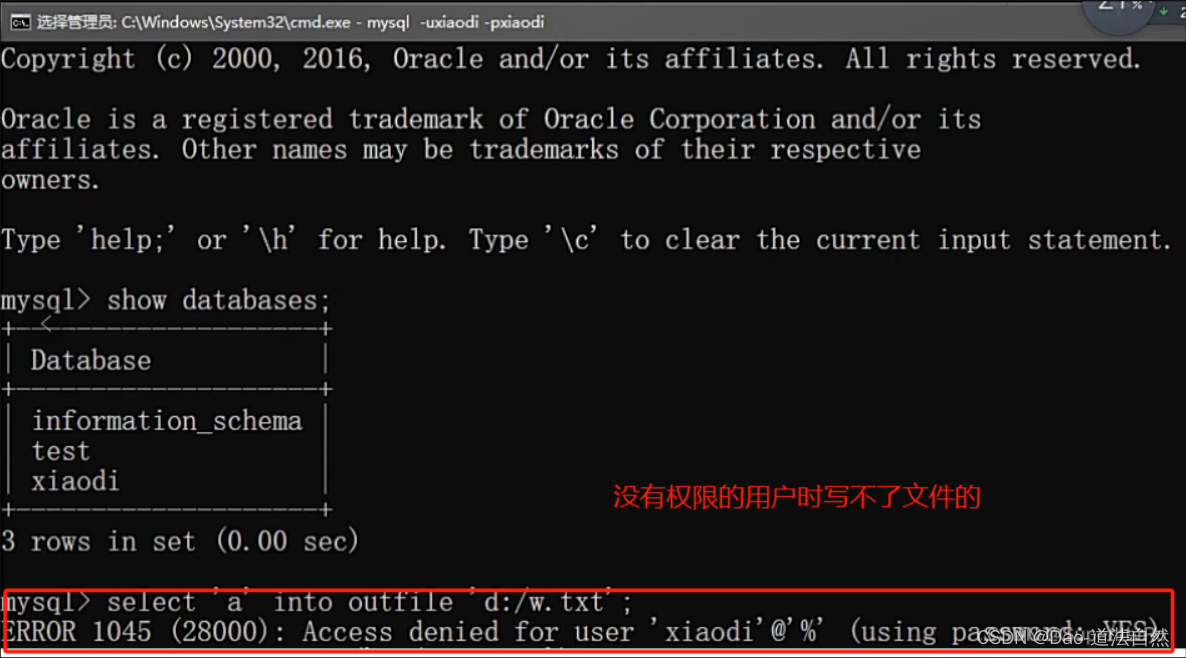
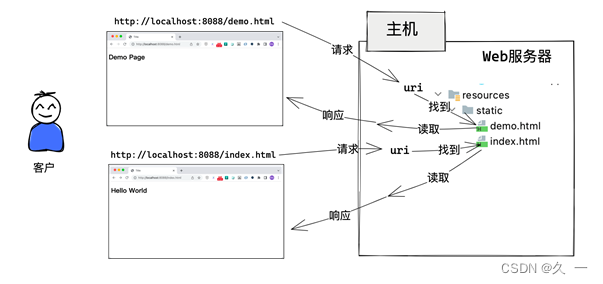


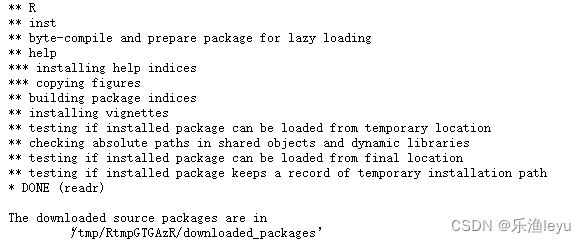



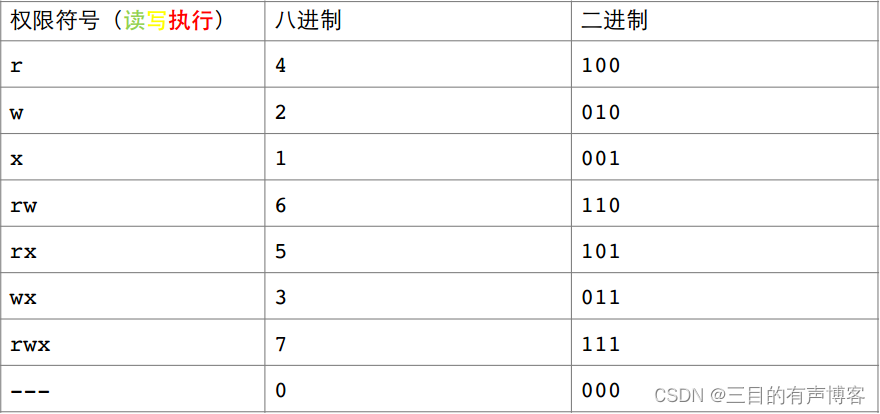
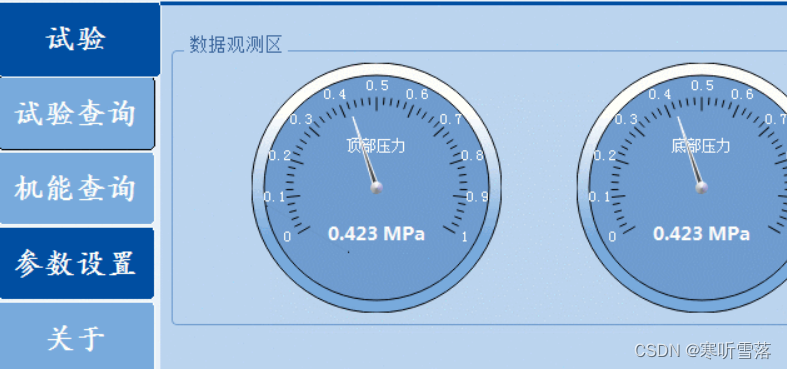
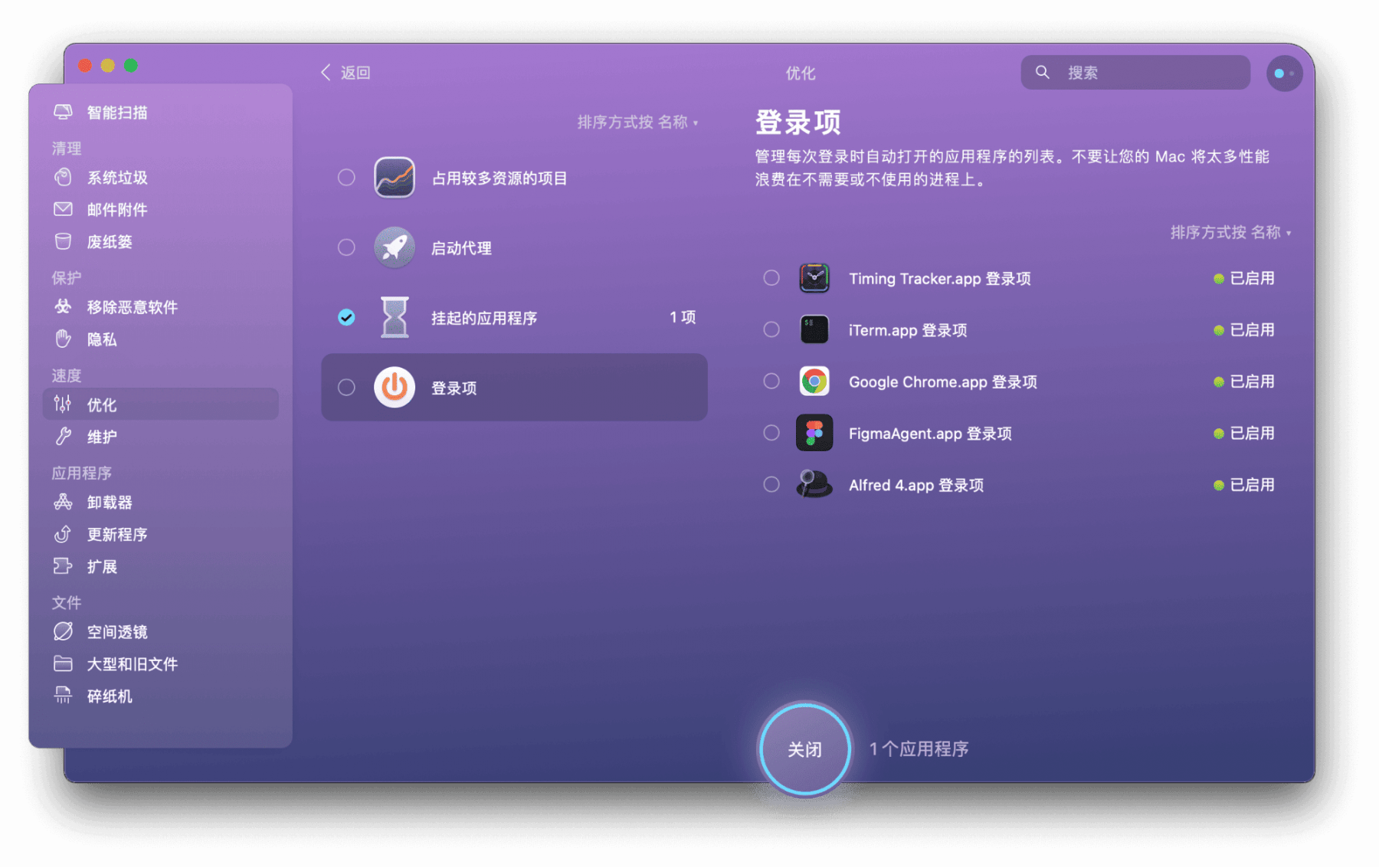
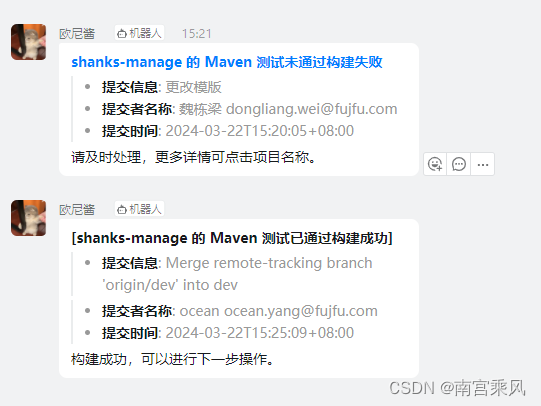

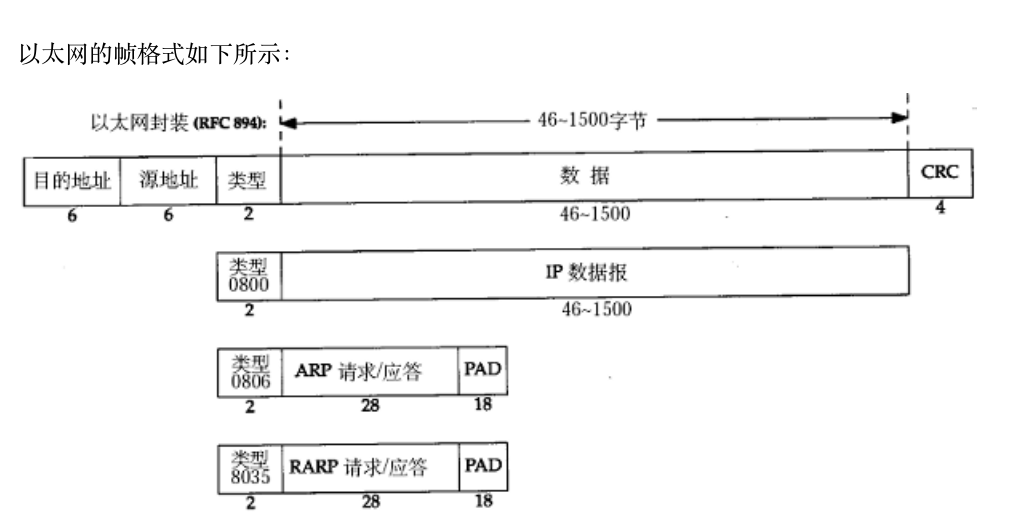
![[项目前置]如何用webbench进行压力测试](https://img-blog.csdnimg.cn/direct/b6f897b40e38404fbcfd302aee903403.png)
